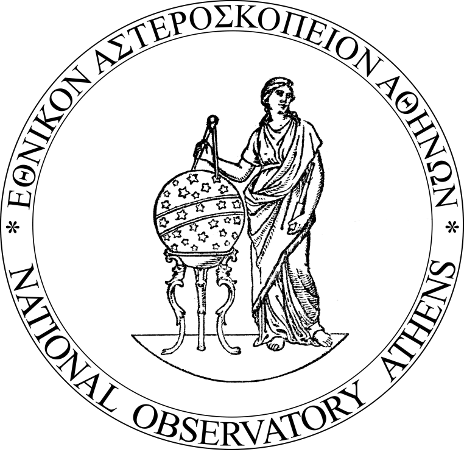Methodology
View our comprehensive presentation here
- Read Seismic Events from the FDSNWS-event
- Real-Time, Playback or Event-specific operations are supported with adjustable parameters
- Filter events based on magnitude characteristics, origin's quality metrics and geographical restrictions
- Read Inventory from the FDSNWS-station and/or file in https://www.fdsn.org/xml/station/ format
- Offers multiple sources and prioritization by operator and sources redundancy in failover cases
- Filter inventory based on station priority values, specified in file. Higher value indicates higher priority in selection. Zero value indicates blacklisting
- Use only accepted type of components, specified in configuration
- Filter inventory based on Distance Rules
- Distance Rule is triggered by the origin's magnitude and indicates the range in km and channel type of the accepted stations. Multiple rules can be appended
- Retrieve Waveforms from SeedLink and/or SDS mseed archiving and/or FDSNWS-dataselect
- Setting token for restricted data is also supported
- Offers multiple sources and prioritization by operator and sources redundancy in failover cases
- Filter waveforms based on check modules: signal-to-noise, clipping, long-period disturbances (mouse), ppsd (propabilistic power spectral densities) -realtime or offline-
- Remove instrument response and downsample signals (based on the selected inversion time windows)
- Apply Azimuthal coverage filtering. Number of sectors (that contain at least one station) in order to continue the MT calculation and the number of accepted stations per sector. There are 8 sectors of 45 degrees each
- Apply prioritization rules in case of more stations than stations per sector are found. Prioritization order: i) priority value, ii) broadband first then strong-motion, iii) number of QC passed components, iv) lower distance from epicenter
- Green's Functions are computed by a recent version of the Axitra, highlighting the power of simultaneous processing in the CPU domain
- Adjustable 3-D spatial MT solution search grid based on Magnitude size
- Operator can submit multiple grids for the same magnitude size range
- Operator can define different applications (sparse, dense matrix based on needs)
- Crustal models are set on specific geographical areas or null for any case (default)
- Multiple crustal models can be defined and calculated. In this case, the program will choose to submit the best crustal model, according to the higher variance reduction value of the MT solution that will be produced
- Multiple crustal models for multiple grids is also supported
- GPU-based multiprocessing implementation
- With automatic fallback to CPU-based multiprocessing in case of GPU hardware absence
- Newer version of code with sub-programs unification, to minimize I/O operations
- 3 Types of Rules: i) Time search shifts (4 th dimension of MT grid search) ii) Seconds of inversion procedure iii) Frequencies where the inversion procedure occurs
- 4-D spatio-temporal MT grid search
- Map View of best correlations (for best depth and best correlated time search)
- South-to-North and East-to-West Vertical Cross-Section view of best correlations (for best correlated time search)
- Time-Depth view of best correlations (for best centroid position)
-
Render an HTML webpage with the evaluated results
-
Publish results in different formats e.g. QuakeML, ASCII text format etc
-
E-mail Notification with the best Moment Tensor solution
-
Apply user-defined script e.g. Focal Mechanism computation ingestion in SeisComP
-
Comment: When it can not plot the full MT, it falls back to DC plotting of the MT solution.
Four figures are plotted. Upper-right contour plot describes the correlation with resulting focal mechanisms of the best centroid position at each spatio-temporal grid point, and the other three plots upper-left, botton-left, and bottom-right are one horizontal (top view) and two vertical cross-sections (south-to-north and east-to-west) of the 3-D search grid, respectively.
An auto-generated Map home page ships with Gisola suite.
View the real-time operation in the Institute of Geodynamics of the National Observatory of Athens (NOA), Greece








